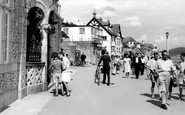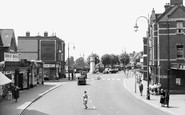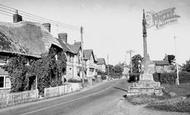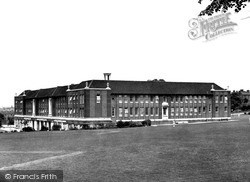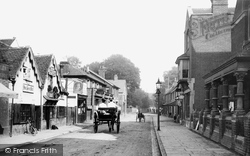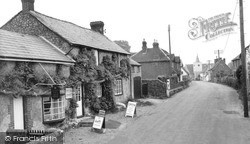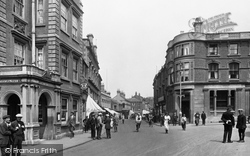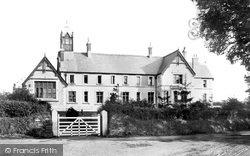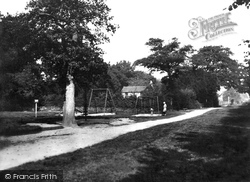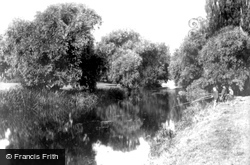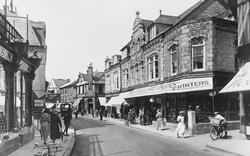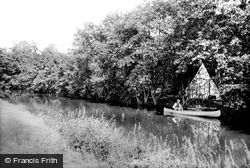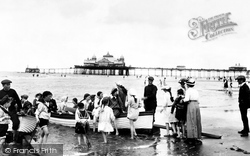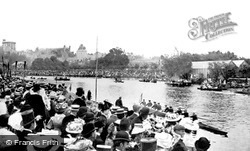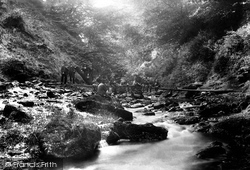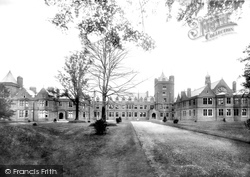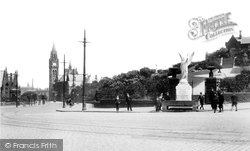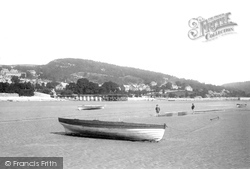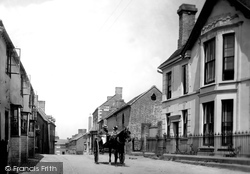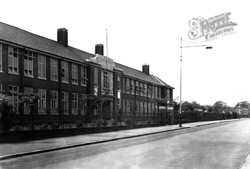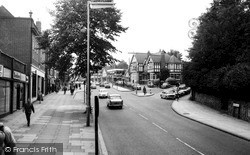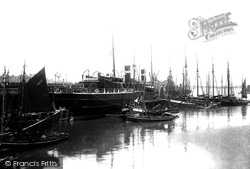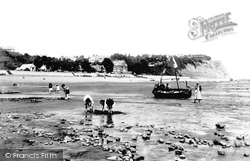Places
2 places found.
Those places high-lighted have photos. All locations may have maps, books and memories.
Photos
6 photos found. Showing results 261 to 6.
Maps
69 maps found.
Books
1 books found. Showing results 313 to 1.
Memories
3,878 memories found. Showing results 131 to 140.
Andrew Duncan Home For Boys
At the age of 13 I suffered a nervous breakdown due to problems at home. It was decided by my doctor to send me away from home to give me a break. My mother took me to a mainline station in London where I was handed ...Read more
A memory of Shiplake by
Childhood Memories.
I noticed with some surprise a photo of myself aged about 12 years. I am the girl on the left with the ponytail the year being about 1960. I don't recall the boys name but it looks as if we are standing by the machine that ...Read more
A memory of Lyme Regis by
An Old Mans Memories
I was born in 1922 in the village of Mundford. My Father was the village policeman. The village was then a self-contained society and provided all the necessities of life, including a doctor, blacksmith, carpenter and general ...Read more
A memory of Mundford in 1920 by
Growing Up In Fareham
I was born in Brighton Sussex. After travelling from station to station, as my father was in the RAF (I'll miss out that part of the story), My mother Eileen,sister Shirley & I moved to Fareham after the 2nd WW, I was 9 ...Read more
A memory of Fareham by
Bramley Parade In 1955
I was brought up near Boxer's Lake in the 1940s and 50s in Silverdale, one of the culdesacs off the southern arm of Lonsdale Drive. My first "job" was as a paper boy for Murrays the Newsagents on Bramley Parade, the nearest ...Read more
A memory of Oakwood by
Pollards Swimming Club
I was born in Thornton Heath in the late 1940's and learned to swim at an early age. My next-door neighbour, who was a couple of years older than me, was a member of Pollards Swimming Club and persuaded me to join as ...Read more
A memory of Thornton Heath by
It's Not How It Was Back Then... Some Nostalgia For The Fifties And Early Sixties.
My parents ran a shop on the Broadway from the late nineteen forties until the early fifties, I think. It was a general store and – as far as I know – a seed ...Read more
A memory of Broadstone by
Edgebury School Chislehurst For Boys 1963 1969
I'm trying to make contact with any one who went to Chislehurst secondary school for boys in Edgebury . From 1963 to 1969
A memory of Chislehurst by
My Story
My name is Peter Mills. I was born in 1939 and I lived in Barest Road, Nunhead. I lived through the war years, evacuation, hiding in the Anderson shelter, having to use the bungalow bath, outside toilet, coal fire, ascot water heater, ...Read more
A memory of Peckham in 1950 by
Coronation Day In Shillingstone Plus Other Memories
I can remember Coronation Day in Shillingstone, the weather was not settled and there were showers, I can remember watching the crowning of the Queen on a TV which was in Mrs Fudge's house ...Read more
A memory of Shillingstone in 1953 by
Captions
516 captions found. Showing results 313 to 336.
The distinctive black and white uniforms of both the Wyggeston Boys' and Girls' Schools were in the 1950s and 1960s worn with a pride which said that along with Alderman Newton's School we are among
A uniformed postman stands beside the drinking fountain, whilst among the onlookers by the pavement are two telegraph boys.
A young boy pushes a handcart towards the camera on this street running south towards the church of St Peter, as two elegantly hatted ladies drive their pony and trap past a sunbathing dog on the pavement
He taught the peasant boy to read and use the pen; His earthly toils are o'er; he's cry'd his last Amen'.
A butcher's delivery boy can be seen cycling down the road, more of the shop fronts are covered by awnings, and a uniformed policeman can be seen on the right.
It was here that Plymouth Argyle played their first game in September 1885 — the club had been founded by five Dunheved College Old Boys.
The boy on the swing is Norman Pearson, watched by his mother; Norman still runs a cycle shop in the High Street. Mount Noddy Cottage, nestling in the trees, was demolished in the 1950s.
Here we see boys fishing in the backwater, the edges reed-girt. These waters drove a number of watermills, such as Duck Mill and Newnham Mill, now vanished; some of them dated back to the Middle Ages.
Being on the far side of the Lancaster Canal from the centre, the school was considered to be out in the country, and the air was good for the boys.
A delivery boy rests with his bicycle between rounds on the right, while down the street a policeman looks out for traffic to direct.
Though camping was already enjoyed, Baden-Powell's book 'Scouting for boys' was published in the same year, and may have increased its popularity.
And it's obvious that sailor suits were the fashion of the day for small boys.
The top hats sported by the boys can still be seen, even if they are no longer generally worn for the rest of the year.
It is certainly not unlikely that these men and boys are workers at what remained of the indigenous ironworking industry after the 1877 collapse.
The college opened with 80 borders and 20 day boys. Almost at once something went wrong - there was no lack of teaching skills, but the managerial expertise needed was not there.
The antics of our cameraman has attracted the attention of a number of boys gathered round the white marble angel that stands in front of the gates to Hillside Gardens.
It is certainly not unlikely that these men and boys are workers at what remained of the indigenous ironworking industry after the 1877 collapse.
Two boys are paddling in a pool left by the tide.
He even supported an agricultural school for the benefit of boys aged 10 to 14 years.
Situated in Heath Road, Wirral Grammar School for Boys was officially opened on 26 September 1931, at the same time as an almost identical building, Wirral Grammar School for Girls, was opened round the
The bishop also set up schemes for the unemployed, paved the streets, built 50 cottages, endowed a boys' grammar school and financed extensions to the church.
Berthed at the landing stage is a paddle steamer and around it are clustered some of the small boats that made up the town's famous fishing fleet, which at one time employed over 4,000 men and boys.
Here the young boys explore the boat, whilst a lady appears only too aware of the photographer.
The uniform for the women and boys was made from the famous blue cloth of Frome. The school closed in 1921.
Places (2)
Photos (6)
Memories (3878)
Books (1)
Maps (69)

